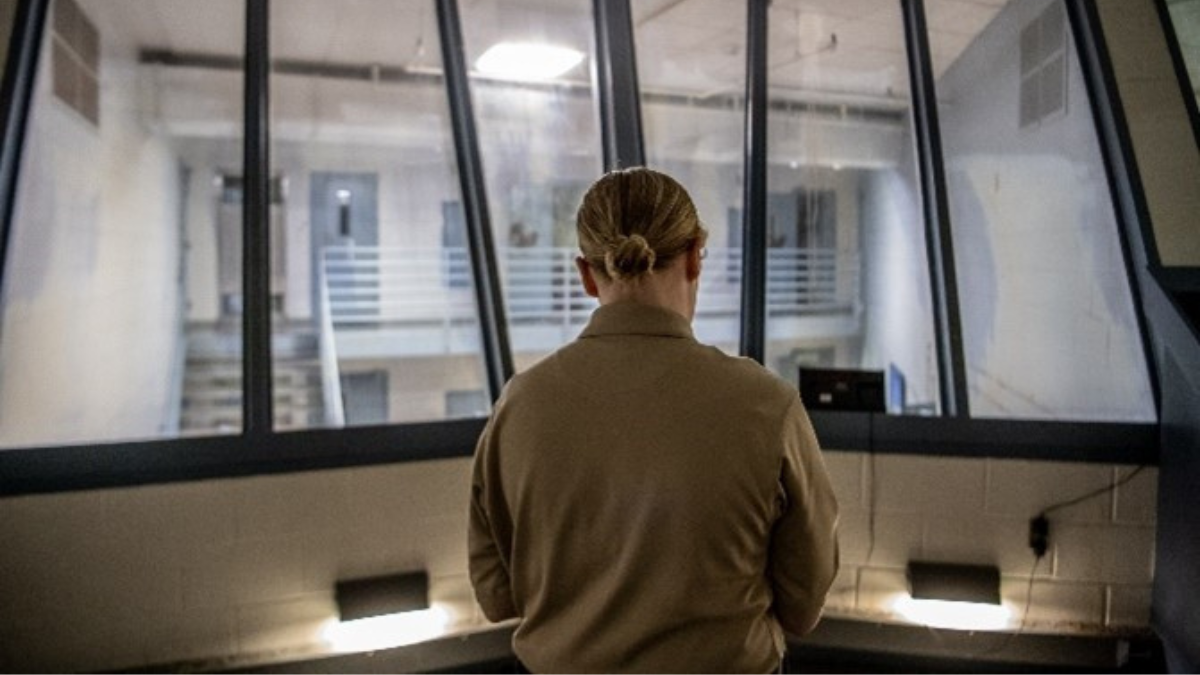Details are emerging on the plan to draw down National Guard members from their emergency work in correctional facilities around the state.
Since Gov. Jim Justice declared a State of Emergency in August 2022, hundreds of National Guard members have filled non-inmate contact posts in what was then the state’s vastly under-staffed jails and prisons. In October 2023, Corrections Commissioner William Marshall said there were between 330 and 340 Guard members filling in.
With more than 270 new jail guard recruits on-board since last October, the National Guard and the Division of Corrections and Rehabilitations said they now have ten facilities where the National Guard presence will be reduced in steps.
The National Guard, Corrections and Justice all said the goal is to have all guard members out of jail and prison work by the end of Summer 2024.
Justice first announced the drawdown in his State of the State address Wednesday. In his weekly briefing on Friday, he talked about the new corrections hires coming on.
“We are aggressively recruiting folks to be able to put them in positions,” Justice said. “People that are qualified in every way. With the pay raises and everything, we’ve got a real leg up to be able to get there as far as hiring the correctional officers.”
In a press release detailing the transition period, Human Resources staff are on site to assist any National Guard member showing a desire for long-term employment with the Division of Corrections and Rehabilitation.
The release said more than 40 National Guard members have expressed an interest in applying for Division of Corrections and Rehabilitation positions. Eight National Guard members have already secured employment during this transition.
Anyone interested in learning more about a career in public safety may visit HERE.
